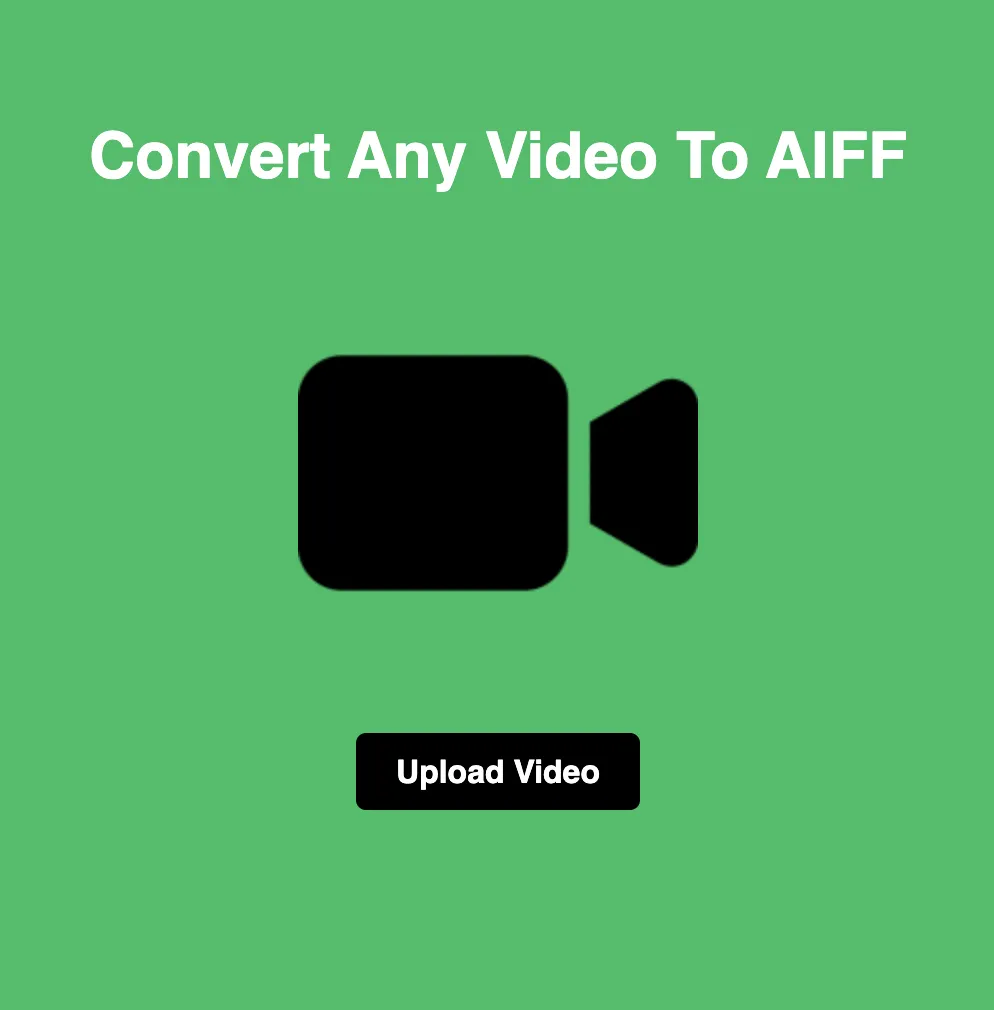
WEBP vs HEIF: Choosing the Perfect Image Format for Your Needs
In today's digital landscape, choosing the right image format is crucial for achieving optimal balance between image quality, file size, and compatibility. When it comes to modern image formats, WEBP and HEIF (High-Efficiency Image Format) are two popular choices, each with its own unique features and advantages. In this blog, we'll explore the differences between WEBP and HEIF, their respective strengths, and the best use cases for each format.
Understanding WEBP
WEBP is a modern image format developed by Google, designed to offer superior compression efficiency and quality compared to traditional formats like JPEG and PNG. WEBP supports both lossy and lossless compression, making it versatile for a wide range of applications. One of the key advantages of WEBP is its ability to produce smaller file sizes without compromising image quality, making it ideal for web graphics, digital photography, and mobile applications.
Exploring HEIF
HEIF, short for High-Efficiency Image Format, is a relatively new image format developed by the Moving Picture Experts Group (MPEG) as a successor to JPEG. HEIF utilizes advanced compression algorithms to achieve significantly smaller file sizes compared to JPEG while maintaining high image quality. HEIF also supports features like multiple images in a single file, image editing capabilities, and support for High Dynamic Range (HDR) images.
Use Cases and Applications
WEBP:
Web Graphics: WEBP is widely used for web graphics, including images, icons, and illustrations, due to its superior compression efficiency and support for lossless transparency.
Digital Photography: Photographers and content creators often use WEBP for storing and sharing high-quality images online, as it offers smaller file sizes compared to formats like JPEG while maintaining image fidelity.
Mobile Applications: WEBP is popular among mobile app developers due to its smaller file sizes and efficient compression, which help reduce loading times and bandwidth usage.
HEIF:
Smartphone Photography: HEIF is commonly used in smartphones and other mobile devices for capturing and storing images, as it offers significantly smaller file sizes compared to JPEG while maintaining high image quality. This allows users to store more photos on their devices without sacrificing storage space.
Live Photos and Burst Mode: HEIF supports features like Live Photos and Burst Mode, allowing users to capture sequences of images and save them as a single HEIF file. This makes it easier to organize and share photos with friends and family.
High Dynamic Range (HDR) Imaging: HEIF supports High Dynamic Range (HDR) imaging, allowing for greater color depth and contrast in images. This makes it ideal for capturing scenes with challenging lighting conditions and creating stunning visual effects.
Key Differences
Compression Efficiency: Both WEBP and HEIF offer superior compression efficiency compared to traditional formats like JPEG. However, HEIF generally achieves smaller file sizes than WEBP, especially for complex images with varying levels of detail.
Feature Support: HEIF offers advanced features like support for multiple images in a single file, image editing capabilities, and High Dynamic Range (HDR) imaging, which are not supported by WEBP. This makes HEIF more versatile for certain applications like smartphone photography and professional image editing.
Platform Compatibility: WEBP is supported by most modern web browsers and image editing software, making it suitable for a wide range of applications across different platforms. HEIF is primarily supported by Apple devices and certain software applications, although support is gradually expanding to other platforms.
Conclusion
In conclusion, both WEBP and HEIF are excellent choices for modern image compression, offering superior compression efficiency and high image quality. WEBP is well-suited for web graphics, digital photography, and mobile applications, thanks to its smaller file sizes and efficient compression. HEIF, on the other hand, is ideal for smartphone photography, Live Photos, Burst Mode, and HDR imaging, offering advanced features and capabilities not found in other image formats. By understanding the differences between WEBP and HEIF and their respective strengths, users can choose the most appropriate format for their specific needs and requirements.






